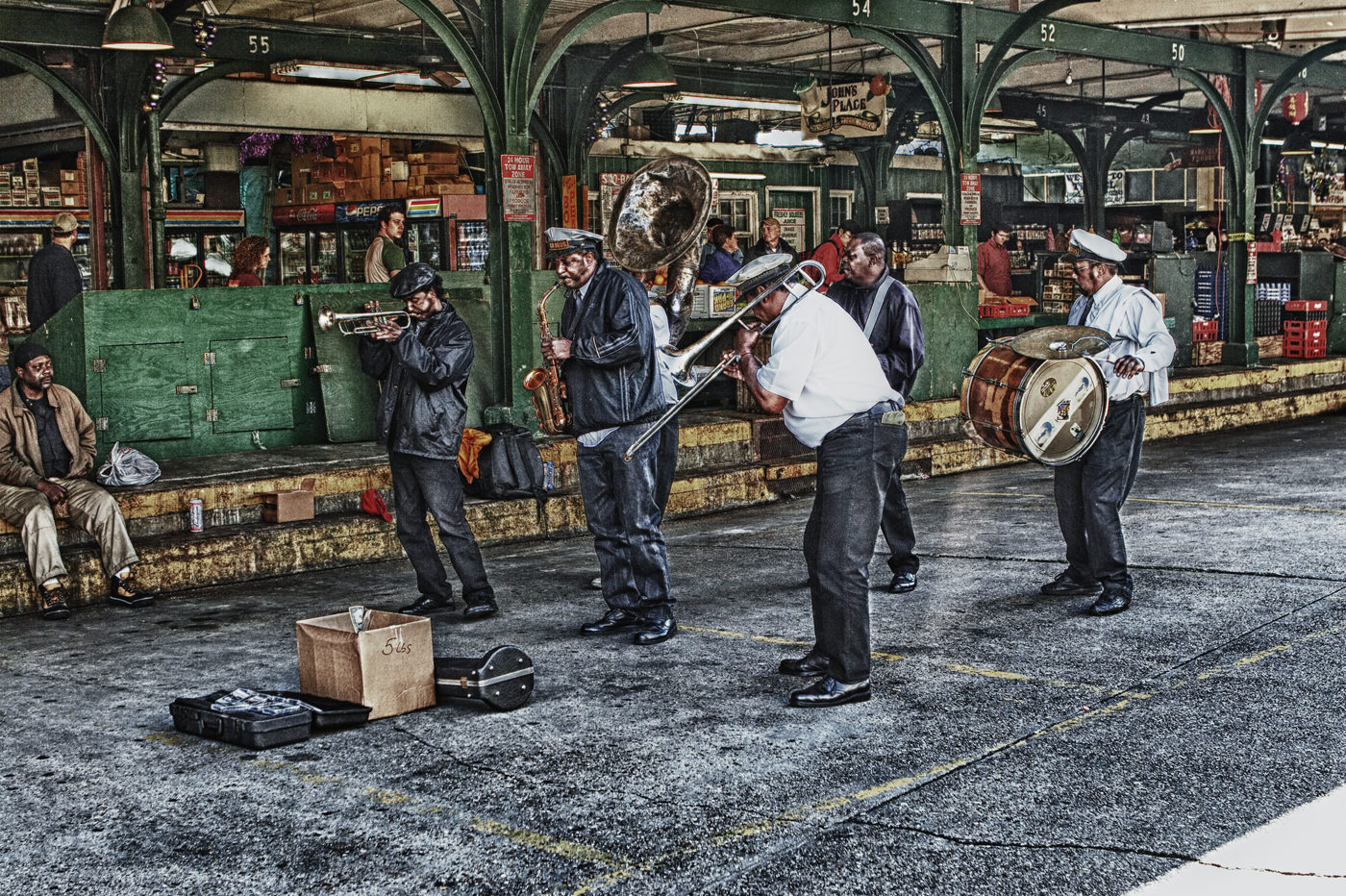By Michael K. Brantley
There are many various stories about an Indian trading path that ran through the heart of Eastern North Carolina in the early 1700s. It is sometimes referred to as the Green Path or Green’s Path. Historians not only seem unable to agree on its exact location, but even disagree on the origin of the name.
Many believe the Green Path was established several years before white men settled in this part of the state.
Several sources say the Green Path ran from around Fayetteville up into Virginia. Near the present Harnett-Johnston County line, it forked through Wake and ran into Nash County in the southwest corner (near where I live) and crossed Moccasin Creek near where a mill was built by James Lee. There is still a mill standing in the area on Turkey Creek.

Some reports say the path follows N.C. Highway 231, running through the town of Middlesex, and the communities of Samaria and Gold Valley before ending at N.C. Highway 64, just west of Spring Hope. It continued straight ahead and crossed the Tar River west of where Webb’s Mill currently stands.
Differing sources say the Green Path continued through Franklin, Halifax, and Warren counties and into Surry and Brunswick counties in Virginia, and across the Roanoke River.
NCPedia says the path was named for a “John Green,” citing Edgecombe County court records from the early 1700s. However, a Tidewater (Va.) journalist, the late Parke Rouse Jr., claimed that it was named for Rev. Roger Green of Nansemond County, who petitioned the Virginia Assembly in 1653 for 11,000 acres below the Roanoke River.
The Green Path was said have to been in use in 1711 when a Colonel Barnwell used it to lead men from South Carolina in war against the Tuscarora Indians.
The killing of English explorer, writer, and naturalist John Lawson by the Tuscarora Indians proved to be one of the last straws that led to the Tuscarora War that lasted from 1711-1715 and saw the Yamasee and Cherokee Indians ally with the colonists.
Sources: NCPedia, “The Green Path,” by Joseph Watson in By Faith and Heritage Are We Joined, and various notes collected by the author.

